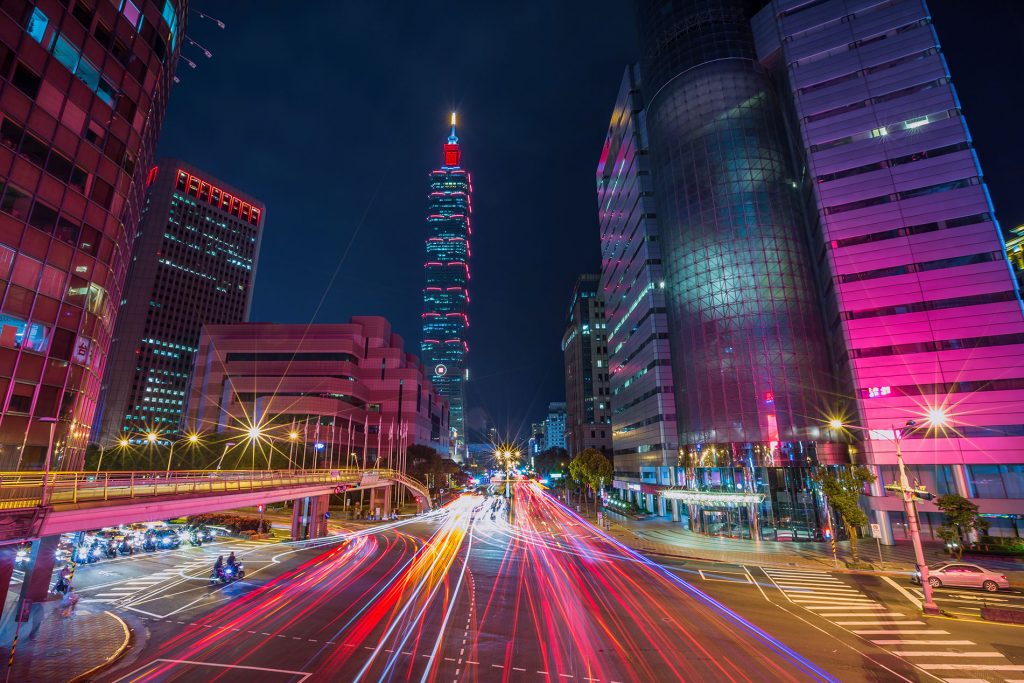Cities are growing steadily. Until 2050 two out of three people will live in urban spaces. Since already now three quarter of energy are consumed in cities, this development demands new solutions to cope with the increasing use of natural and social resources.
What is a Smart City?
Transport, energy supply, waste management and infrastructure are some of the great urban issues. Since these issues are growing with an increasing population, cities need innovative solutions and new technologies to tackle these challenges. Therefore, smart cities use multiple communication technologies (ICT) and Internet of Things (IoT) solutions, to be able to manage the increasing challenges of the everyday life.

Technical and social innovations are implemented and combined in a smart way with the goal to obtain as well as to optimize the quality of life of current and future generations. No doubt that smart city solutions can help improve the sustainable use of social and natural resources.
Energy and Sustainability
A focus of smart city solutions is the sustainable energy supply. As a growing population means a higher consumption of energy, strategic aims of smart cities are the increase of energy efficiency and the reduction of greenhouse gas emission. Therefore, renewable energy sources and the creation of sustainable cradle-to-cradle circles are becoming more and more important. For the implementation of these aims smart urban development requires intelligent and interconnected solutions. It is important to notice, that these smart solutions should not only concern sustainable energy production but extend into all areas. Because for creating real sustainable processes, intelligent solutions must expand also in the field of distribution and consumption of energy in urban spaces.
Infrastructure and Transport
Smart cities are not only about the sustainable use of energy but are also concerned with smart transport solutions and liveable infrastructure implementations. How can that be implemented? A smart infrastructure collects data from citizens and analyses it. In this way, it allows interaction between city officials, the community and the infrastructure itself. That means that gathering and sharing information and knowledge are the key to managing inefficiency. The data exchange helps overcome current inefficiency problems and in the long term also helps monitor the development of the city. Consequently, this information can be used for targeted solutions to improve the city’s infrastructure. It is all about enhancing quality, performance and interactivity of urban services, with the goal to improve the management of urban flows. This can be implemented by allowing real time responses to upcoming challenges using smart technology solutions.
Smart Solutions for more Liveability
Increasing the liveability is the main aim behind all smart city solutions. For implementing this goal intelligent urban processes social and technical innovations are needed. It is important to know that increasing the quality of life means adjusting the infrastructure to the needs of the citizens and to use resources in a sustainable way. Smart cities cope this challenge with innovative, interconnected solutions.

